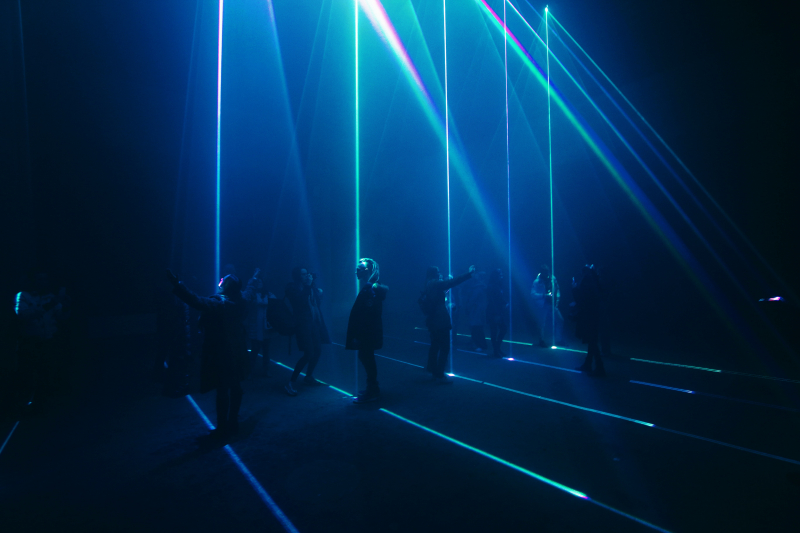Goodbye, login. Hello heart scan. Forget fingerprint computer identification or retinal scanning. A University at Buffalo-led team has developed a computer security system using the dimensions of your heart as your identifier. The system uses low-level Doppler radar to measure your heart, and then continually monitors your heart to make sure no one else has stepped in to run your computer.
Flexible platform for high-performance electronics. A team of University of Wisconsin-Madison engineers has created the most functional flexible transistor in the world. The team fabricated their flexible electronics on a single-crystal silicon nanomembrane on a single bendable piece of plastic. The secret to their success is their unique process, which eliminates many steps and slashes both the time and cost of fabricating the transistors.
Laser technique to detect explosives. University of Michigan researchers have developed a laser-based method that could be used to detect chemicals such as explosives and dangerous gases quickly and accurately. Eventually, this method could be used in systems placed in airports, for the environmental monitoring of pollutants or even in battlefields
3D selfie now a reality. Computer scientists at the University of Nottingham and Kingston University have solved a complex problem that has, until now, defeated experts in vision and graphics research. They have developed technology capable of producing 3D facial reconstruction from a single 2D image - the 3D selfie. Their new web app allows people to upload a single color image and receive, in a few seconds, a 3D model showing the shape of their face.
Just in time for cold weather: Heated cloth. Commuters, skiers, crossing guards and others who endure frozen fingers in cold weather may look forward to future relief as manufacturers are poised to take advantage of a new technique for creating electrically heated cloth. The scientists describe how they use a vapor deposition method for nano-coating fabric to create sewable, weavable, electrically heated material. The demonstration glove they made can keep fingers toasty for up to eight hours.




